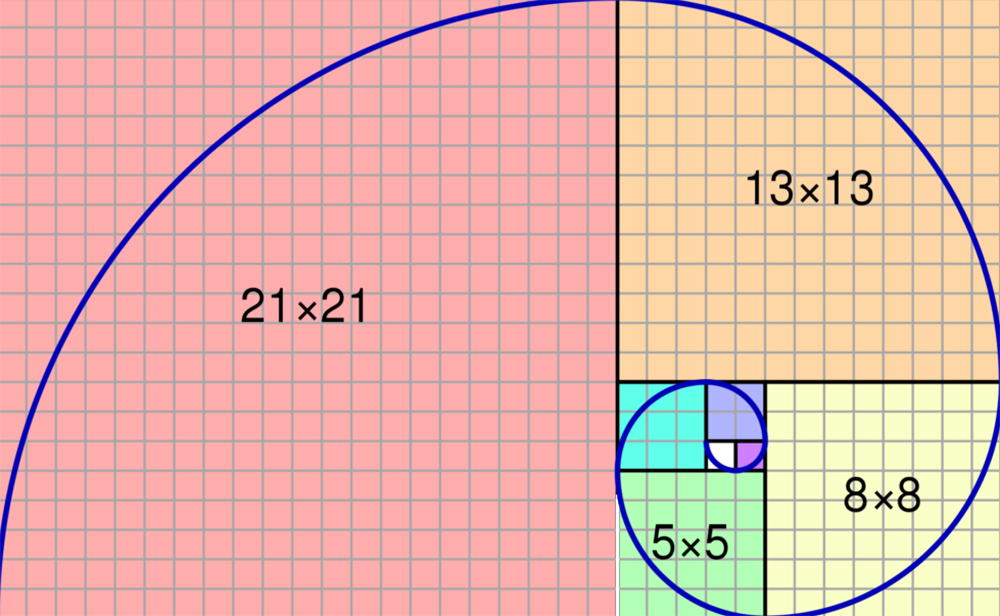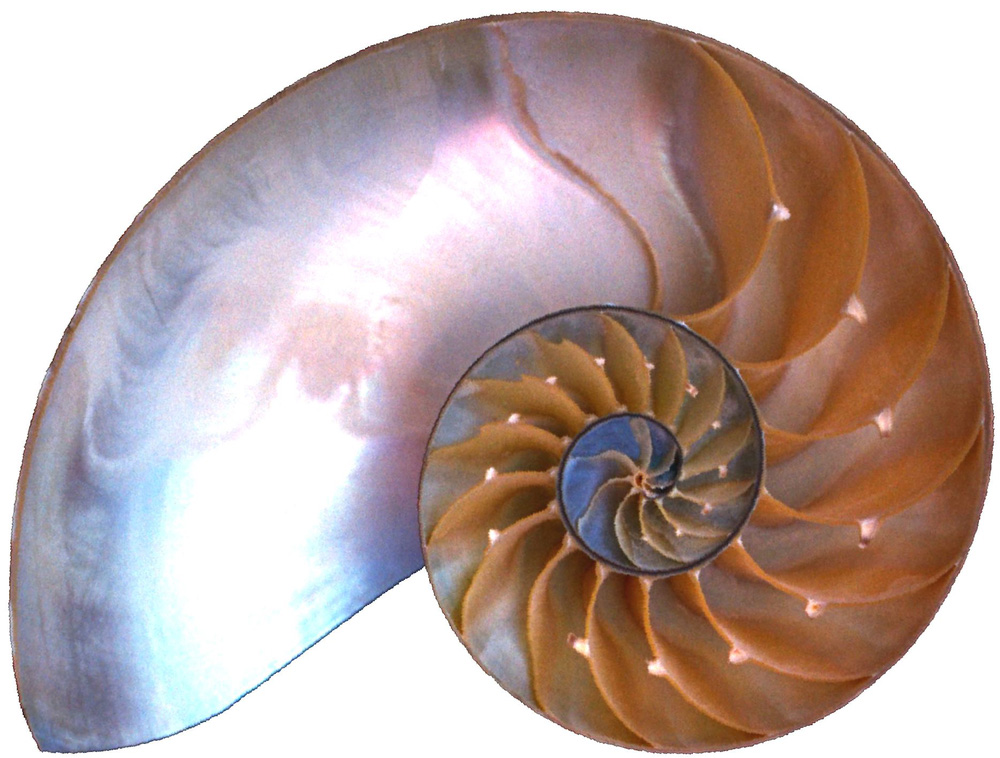Frank Wilczek's A Beautiful Question: Finding Nature's Deep Design
5/12/2025

Frank Wilczek's A Beautiful Question: Finding Nature's Deep Design explores the idea that the universe embodies a form of mathematical and aesthetic beauty - symmetry, harmony, and elegance - and that these principles are not just descriptors of nature but are woven into its very structure.
Wilczek, a theoretical physicist, mathematician, and Nobel laureate, explores how mathematics is not just a tool but a kind of aesthetic revelation. This parallels the architectural use of geometry, proportion, and algorithmic design (parametricism) to achieve elegant and expressive forms. He suggests that beauty - in the form of symmetry, harmony, and proportion - is a guide to understanding physical reality. The universe, he argues, is not only intelligible but also elegantly designed, and that this elegance - expressed through symmetry, harmony, proportion, and economy - is embedded in the very laws that govern reality. His ideas that beauty is a fundamental truth resonate with architecture and can have compelling implications for architectural design. If beauty reflects truth, then architecture that aspires to beauty is not merely ornamental but works with deeper truths about structure, order, and existence. This implies that beauty in architecture isn't subjective and superficial - it can be a path toward resonance with deeper patterns of the natural world.
 The classical Roman architect Vitruvius emphasized that good architecture is a synthesis of these three components: it must be strong, useful, and beautiful. The architect Mies van der Rohe frequently quoted St. Thomas Aquinas' statement: "Beauty is the splendor of truth." More recently, architects of the Prairie School such as Frank Lloyd Wright advocated finding beauty in nature by emphasizing harmony with the landscape, natural materials, and an architecture that grew organically from its surroundings. They believed that true beauty was not imposed but discovered in the forms, patterns, and rhythms of the natural world. Beauty is fundamental to the essence of things - structure, material, and the patterns of nature itself.
The classical Roman architect Vitruvius emphasized that good architecture is a synthesis of these three components: it must be strong, useful, and beautiful. The architect Mies van der Rohe frequently quoted St. Thomas Aquinas' statement: "Beauty is the splendor of truth." More recently, architects of the Prairie School such as Frank Lloyd Wright advocated finding beauty in nature by emphasizing harmony with the landscape, natural materials, and an architecture that grew organically from its surroundings. They believed that true beauty was not imposed but discovered in the forms, patterns, and rhythms of the natural world. Beauty is fundamental to the essence of things - structure, material, and the patterns of nature itself.